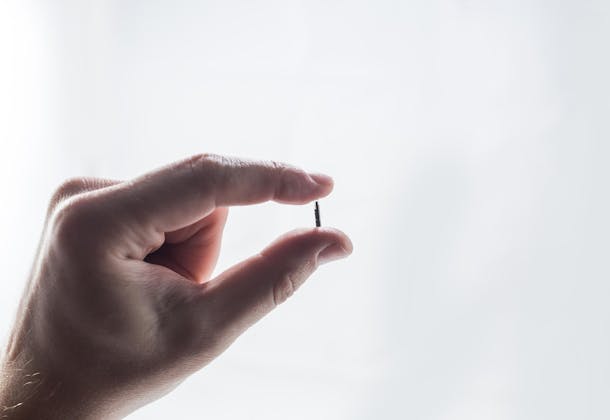Related Press

14 September 2021
LISA gravitational wave space observatory
CSEM is testing a special laser developed by NASA for the Laser Interferometer Space Antenna (LISA) mission....

19 March 2020
Tissot T-Touch Connect Solar
T-Touch Connect Solar with SwALPs OS is here! The watch integrates multiple tech developed right here at CSEM, which help to maximize its autonomy....

25 July 2024
CSEM develops a pioneering implant to support reproductive medicine
Swiss-based start-ups Impli and Yalosys, and the technology innovation center CSEM present an implantable biosensor for real-time fertility hormone monitoring....
